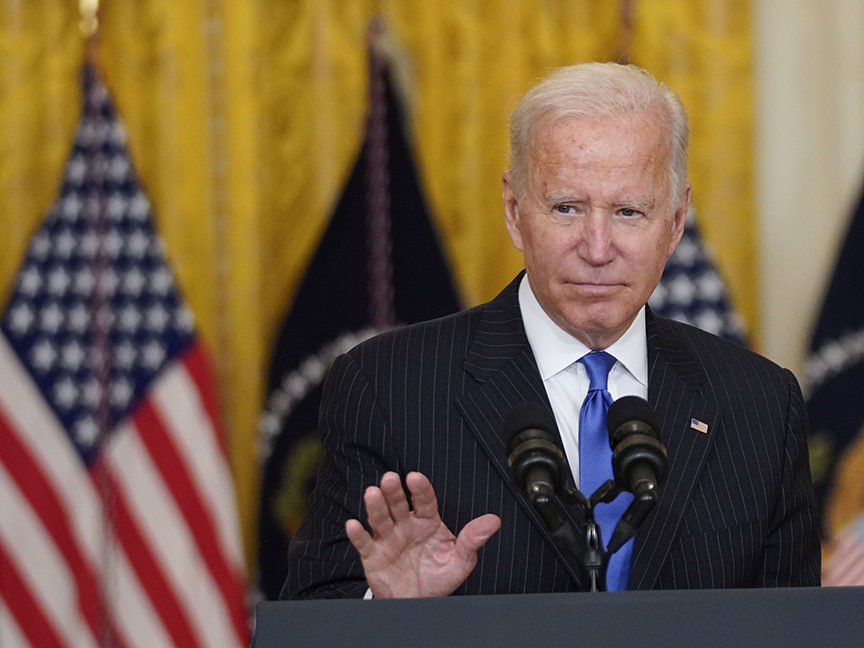
Visit Our Sponsors |
|
|
|
|
|
|
|
|
|
|
|
|
|
|
|
|
|
|
|
|
|
|
|
|
|
|
|
|
|
|
|
|
|
|
|
|
|
|
|
|
|
|
|
|
|
|
|
|
|
|
|
|
|
|
|
|
|
|
|

At the Port of Los Angeles, Executive Director Gene Seroka describes a cargo bottleneck that’s bulging again on land and slowing railroad freight through Southern California.
On LA’s docks are 29,000 containers waiting for a train — a figure Seroka said last week should be “more in the 9,000 range.” The average dwell time is 7.5 days, a wait that ought to be closer to two. No containers should sit longer than nine days, but LA has 20,000 in that “all-important aging category right now,” Seroka said.
A year ago, the queue of container ships parked outside the busiest U.S. gateway for trade with Asia became the poster child for the world’s supply-and-demand imbalances during the pandemic. Now there’s another, even deeper-in-the-weeds logistics gauge worth monitoring for the next few months: on-dock rail dwell times.
Hapag-Lloyd, Germany’s largest container line, has figures that show the dwell time for its intermodal containers through Long Beach are waiting an average of 16.6 days, up from 10.4 days in May. The delays through LA have doubled to 12.8 days over that same two-month span.
“The bottom line: We must take action on this issue immediately to avoid a nationwide logjam,” the LA port chief said.
Two days after Seroka’s remarks, the Biden administration intervened: The White House on Friday established a board to resolve a deep rift between 115,000 rail workers and the largest US railroads, aiming to head off a strike that could paralyze the transportation of goods.
Seroka said it’s going to take a team effort to resolve the turmoil on the tracks. Cargo owners must pick up boxes inland terminals faster, railroads need to need to provide crews, engines and rail cars back to the West Coast faster, and marine terminals, shipping lines and ports need to provide key data to help prioritize quicker movement of containers, he says
Stephen Lyons, the port and supply chain envoy to the Biden administration’s Supply Chain Disruptions Task Force, sounded cautious when discussing when the kinks might be ironed out.
“Their recovery is going to be unique, it’s going to be a little slower than others,” he said during a press briefing with Seroka July 12.
“They’ve got the same challenges that you have out here with terminal congestion,” Lyons said, sitting dockside in LA. “They have a challenge they’ll tell you up front with labor – with labor that they anticipated would come back that didn’t come back because there were many other opportunities in the labor market.”
Something to watch this week for the latest from a key stakeholder — Union Pacific is set to announced second-quarter results on July 21.
RELATED CONTENT
RELATED VIDEOS
Timely, incisive articles delivered directly to your inbox.







